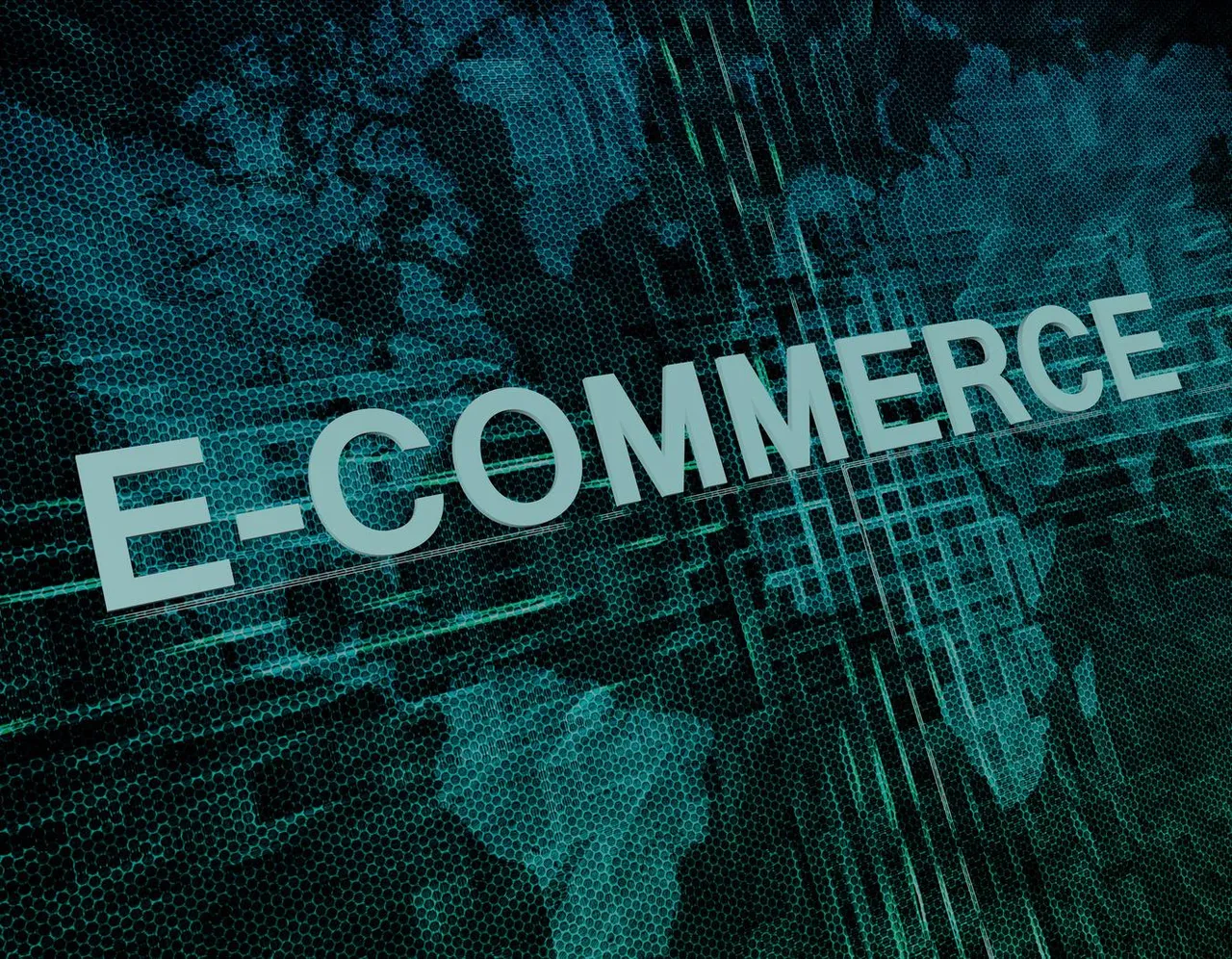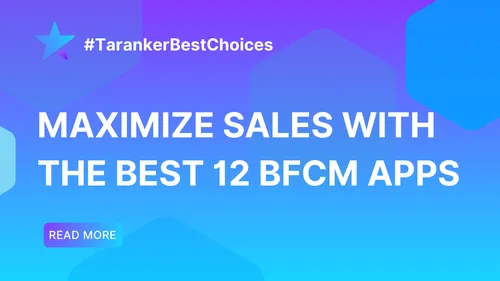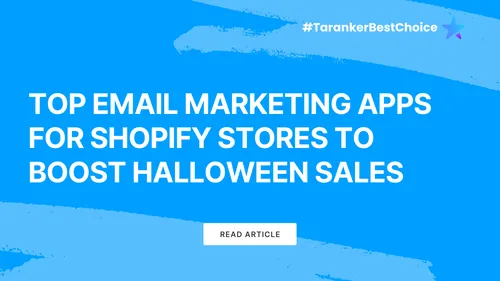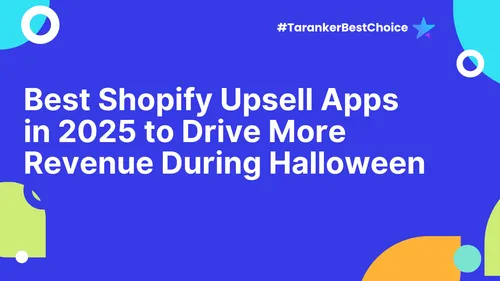Introduction
Marketing has never been a static field. It has evolved alongside technology, shifting cultural norms, and changing consumer behavior. From the golden age of billboards and print ads to the highly personalized digital experiences we see today, marketing’s transformation tells the story of how brands have adapted to meet their audiences where they are.
For Shopify merchants and modern e-commerce entrepreneurs, understanding this evolution isn’t just a history lesson—it’s a strategic advantage. By recognizing how far marketing has come and where it’s headed, you can better position your brand to stay relevant, connect meaningfully, and drive long-term growth.
In this comprehensive blog post, we’ll explore: ✔ The origins of traditional marketing and mass media
✔ The rise of digital advertising and e-commerce transformation
✔ Key innovations that changed how we promote products
✔ What’s next in the future of marketing
✔ Actionable insights for Shopify store owners
1. The Age of Traditional Marketing: Billboards, TV, and Print

a) One Message to Many People
In the early 20th century, marketing was dominated by mass media channels. Brands used newspapers, radio, television, and billboards to broadcast messages to large, general audiences.
✔ Reach was broad but not targeted
✔ Success was measured by impressions, not conversions
✔ Campaigns were expensive and slow to adjust
📌 Example: Coca-Cola’s 1950s billboard campaigns created lasting brand awareness but couldn’t track direct ROI.
b) Limited Feedback Loop
Before digital tools, marketers had little insight into what was working.
✔ Customer feedback was anecdotal and delayed
✔ Ad testing was minimal
✔ There was no real-time data or A/B testing
Despite these limitations, the trust placed in these marketing efforts was high because of the credibility of the platforms.
2. The Digital Disruption: Enter the Internet and E-commerce

The late 1990s and early 2000s saw the birth of digital marketing. Websites, search engines, and email transformed the marketing landscape forever.
a) From Broadcast to Personalization
Unlike traditional channels, digital tools enabled personalized, one-to-one communication.
✔ Search Engine Marketing (SEM) allowed intent-based targeting
✔ Email marketing provided direct access to users
✔ Web analytics offered real-time feedback on performance
📌 Stat: Today, over 60% of marketers say personalization increases engagement and customer satisfaction.
b) Rise of E-commerce and Self-Service Platforms
Platforms like Shopify democratized selling and marketing for small business owners.
✔ Store owners could launch and manage campaigns without hiring agencies
✔ Social media offered free exposure and low-cost advertising
✔ Retargeting, affiliate programs, and influencer marketing became viable growth channels
📌 Pro Tip: Shopify’s native integrations with tools like Meta Ads and Google Smart Shopping make launching data-driven ads easier than ever.
3. The Mobile & Social Media Era: Engagement Over Impressions

a) Always-On Marketing
The smartphone revolution changed everything. Now, customers were reachable 24/7—on apps, social feeds, and push notifications.
✔ Consumers began dictating the pace of engagement
✔ Brands needed to show up where the attention was: Instagram, Facebook, TikTok
✔ Mobile optimization became a priority for both websites and ads
b) The Power of User-Generated Content (UGC)
People trust people more than ads. UGC reshaped marketing by:
✔ Making real customers the face of brands
✔ Increasing authenticity and relatability
✔ Improving ad performance with organic visuals
📌 Tool Suggestion: Use Loox, Judge.me, or Yotpo to collect and display customer photos and testimonials on your Shopify store.
4. What’s Next in Marketing: Future Trends to Watch

a) AI-Driven Personalization
Artificial Intelligence is taking personalization to the next level. From product recommendations to chatbot interactions, AI is creating seamless, relevant experiences at scale.
✔ Predictive analytics for customer behavior
✔ Personalized emails and product bundles
✔ Dynamic content based on browsing behavior
📌 Recommended Tools: Klaviyo, Recom.ai, Tidio
b) Voice Search and Conversational Commerce
With smart assistants like Alexa and Google Assistant, voice search is rising.
✔ Optimize your product descriptions for conversational keywords
✔ Enable voice-based search and ordering
✔ Prepare for screenless e-commerce interactions
c) Augmented Reality (AR) and Immersive Shopping
Customers increasingly want to “try before they buy.” AR offers that experience digitally.
✔ Virtual try-ons for apparel, glasses, furniture
✔ Shopify AR apps integrate seamlessly into product pages
✔ Reduces return rates and improves confidence
d) Ethical and Value-Based Marketing
Modern consumers, especially Gen Z and Millennials, choose brands that align with their values.
✔ Highlight sustainability, diversity, and transparency
✔ Showcase real stories and social impact
✔ Be authentic and consistent in your messaging
📌 Example: Shopify brands like Allbirds and Package Free thrive by aligning commerce with environmental values.
5. How Shopify Merchants Can Adapt and Lead
a) Embrace a Multichannel Strategy
Don’t rely solely on one platform or marketing tactic. Build a diverse presence:
✔ Email, SMS, paid ads, organic social, SEO, and referrals
✔ Integrate all channels with your Shopify backend
✔ Use apps like Omnisend or Seguno for unified campaign management
b) Invest in Content That Educates and Inspires
Content is still king—but it needs to add value.
✔ Write blog posts, tutorials, or comparison guides
✔ Use video marketing and product walkthroughs
✔ Encourage UGC to supplement your branded content
c) Focus on Retention as Much as Acquisition
Loyal customers fuel long-term growth.
✔ Launch loyalty programs and subscriptions
✔ Send post-purchase care guides and follow-ups
✔ Use retention tools like Smile.io, ReCharge, and Klaviyo Flows
Conclusion
From static billboards to dynamic digital ecosystems, marketing has come a long way. And while tools and platforms continue to evolve, the core principles remain: connection, relevance, trust, and value. For Shopify merchants, now is the time to combine historical insight with future-facing strategies to build brands that last.
💡 Action Step: Audit your current marketing mix. Are you over-relying on acquisition? Are you using modern tools for automation and personalization? Create a roadmap that blends proven tactics with innovation.













